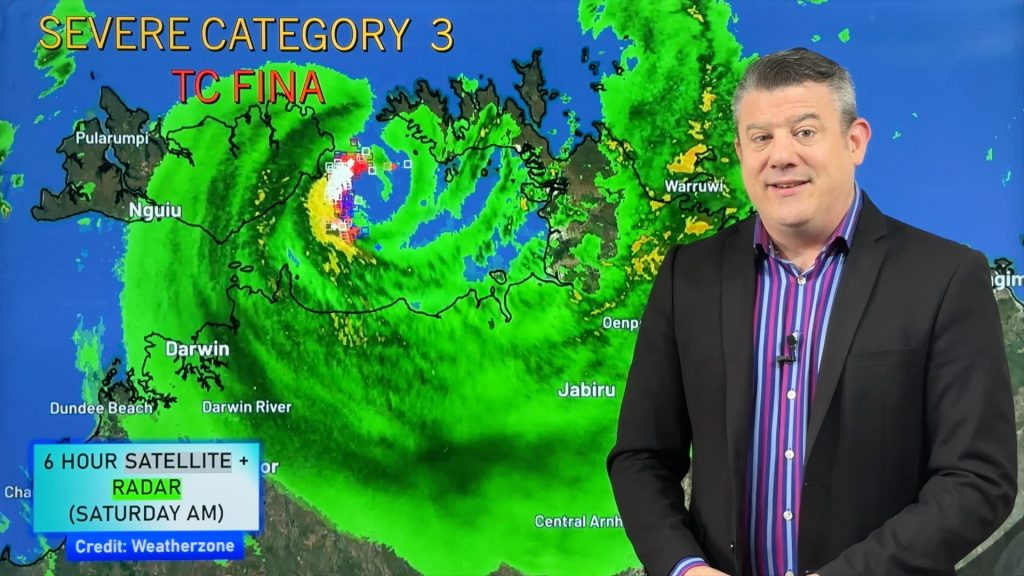
> From the WeatherWatch archives
Here is a look at average conditions across the country as a whole which makes some interesting reading for the average weather buff!
The average temperature across New Zealand is 12.5 °C.
The average temperature range is 8.5 °C.
The highest monthly average high temperature is 20 °C in January & February.
The lowest monthly average low temperature is 5 °C in July.
New Zealand’s climate receives an average of 1251 mm of rainfall per year, or 104 mm per month.
On average there are 159 days per year with more than 0.1 mm of rainfall or 13 days with a quantity of rain, sleet, snow etc. per month.
The driest weather is in January when an average of 74 mm of rainfall occurs across 10 days.
The wettest weather is in August when an average of 135 mm of rainfall occurs across 16 days.
The average annual relative humidity is 72.9% and average monthly relative humidity ranges from 67% in January to 78% in June.
Average sunlight hours in New Zealand range between 3.5 hours per day in July and 7.5 hours per day in January.
There are an average of 2012 hours of sunlight per year with an average of 5.5 hours of sunlight per day.
Comments
Before you add a new comment, take note this story was published on 17 Jul 2010.






Add new comment
Ken Ring on 17/07/2010 1:15pm
Hmm..many older stations were closed and many were one-offs, unofficial because you need two in an area for validification under the accepted rules for real scientific practice. According to their own website the metservice collects data from about 40 automatic stations. Most of these were installed in the 1980s. But under the rules of science you have have 30 years of data to get an official national average, so it is no use pretending that we have sufficient data for accurate comment on averages for the country. It simply isn’t true.
Reply
RW on 17/07/2010 11:01pm
Met, NIWA and others have a large number automatic and manual sites between them, and the general rule has been to have an overlap of records at the same or similar site for comparison purposes. There are many such site-pairs in existence today, for both temperatures and rainfall. Some manual sites have been operating for well over a century. To say that averages can’t be computed in general is absolute nonsense. The comments are uninformed, and simply intended to undermine public confidence in published averages. My comment on the rainfall was simply that the skew between very high rainfall zones – almost uninhabited – and the rest of the country is such that computing a geographical national average (clearly this was the type quoted) is not very useful.
Reply
sw on 17/07/2010 5:18am
Nothing mentioned about wind,many locations are very windy especially coastal.
Reply
RW on 17/07/2010 1:07am
It’s questionable to take a rainfall average – and it’s generally avoided – because of the big contrast between the extremes. If you excluded the large high-rainfall mountain zones (most of them in the South Island) then the average of the remainder, and of also the towns, would be quite a lot lower than 1250mm. Also, there’s no way that July is the cloudiest month, either in absolute or relative terms. June has the least sunshine.
Reply